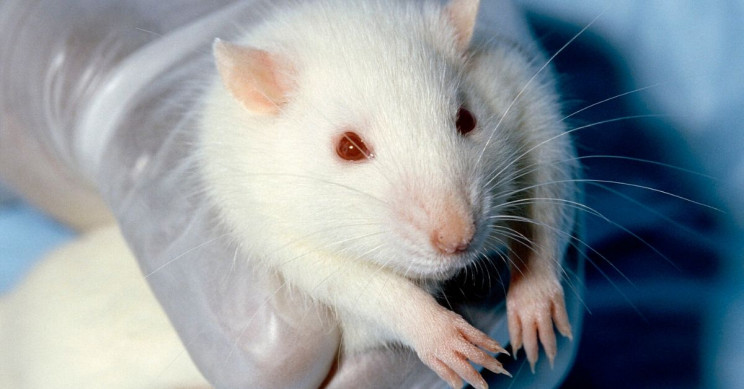A recent study has been published on a preprint biology server. Why is it such a big deal? That’s because the study details a reverse aging procedure. During this procedure, young rat plasma was administered to aged rats and it was successfully able to turn back 6 different epigenetic clocks of old rats. The team also witnessed improvement in organ functions and cleared senescent cells. Overall, a 54% effective reverse-aging was noted.

Young blood plasma is already known to have certain beneficial effects on different mice organs. However, it was not known up until now that the young plasms can be used for rejuvenating cells and tissues at the epigenetic level. The researchers wrote in the recent preprint study, ‘ [T]he average rejuvenation across four tissues was 54.2%. In other words, the treatment more than halved the epigenetic age.’
The discovery was so shocking and of paramount importance that the author didn’t believe the results at first and ended up sequencing the rat’s genomes to make sure that the rats hadn’t been mixed up. Harvard Professor David Sinclair is one of the most renowned and leading longevity researchers. He took to Twitter to explain this study while sharing notes from a conversation that he had with the preprint study’s first author – Professor Steve Horvath.
Sinclair said, ‘The result is so literally incredible that even the first author, Prof. Steve Horvath, didn’t believe it at first. I suggested he check if the rats were mixed up, but he assured me he checked their genomes. The rats weren’t mixed up.’ He goes on to say, ‘Why would this be a big deal? Chemicals called methyls, which are added & subtracted from our DNA over time, control which genes remain on/off. This DNA methylation pattern can also serve as a BIOLOGICAL clock with a <5% error. If you smoke or overeat, your clock ticks faster 4/n.’
During the recent coronavirus outbreak and the fact that it is more lethal for older people, the findings of this study are crucial and might help us open the door to reverse aging for humans.


